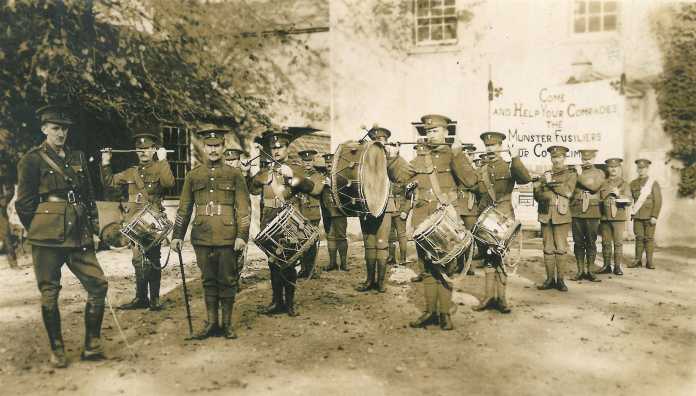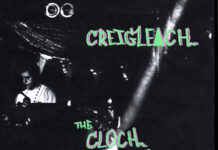
by Alan Jacques

(Photograph by H M Stewart, 104 O’Connell Street)
FLOWERS sent to a Limerick mother from her son on the front lines of the First World War and an oar from one of the Lusitania’s lifeboats are just two of the rare artefacts that will go on display at City Hall next week.
‘Stand Up and Fight’, an exhibition supported by the Limerick Branch of the Royal British Legion, the Royal Munster Fusiliers Association and the Irish Naval Association, will be launched next Thursday, May 7.
Never before seen artefacts will be displayed as part of the exhibition of Limerick’s military history from the Wild Geese to Gallipoli.
It coincides with the centenary of the Gallipoli campaign that claimed the lives of 800 members of the Royal Munster Fusiliers, 75 of whom were from Limerick including eight men from the village of Coonagh who died when their ship was torpedoed.
Conservative estimates suggest that 1,000 of Limerick’s 4,000 listed men died in the First World War.
“Limerick’s location on the Shannon means it has always been a strategic military stronghold. There were four barracks in Limerick in the nineteenth century and soldiers were a familiar sight.”
Also featured are American Civil War army uniform buttons produced by the Limerick-based Tait Clothing Factory, which held military uniform supply contracts with the Confederacy as well as the British Army during the Crimean War.
While much of the exhibition is concerned with the participation of Limerick men and women in The Great War, it also deals with Limerick’s long military and naval tradition as well as the military culture that started in earnest in the 17th century and has lasted since.
“While primarily focusing on Limerick’s lengthy military history, the exhibition also examines the impact of the military on Limerick’s social history in these centuries, such as the numbers who joined the armed forces; particular areas which had a tradition of recruitment; family military traditions and the role of women,” Ms Hayes commented.
The exhibition looks at some of the careers of Limerick men who fought in the British army all over the world. One of them, George de Lacy Evans from Moig, Askeaton, was involved in the burning of the White House by the British in 1814. He also made a major contribution to army reform by successfully campaigning for an end to flogging in the British army.
‘Stand Up and Fight’ runs from May 7 until December at the Glazed Street, Limerick City and County Council Civic Buildings, Merchants Quay.









